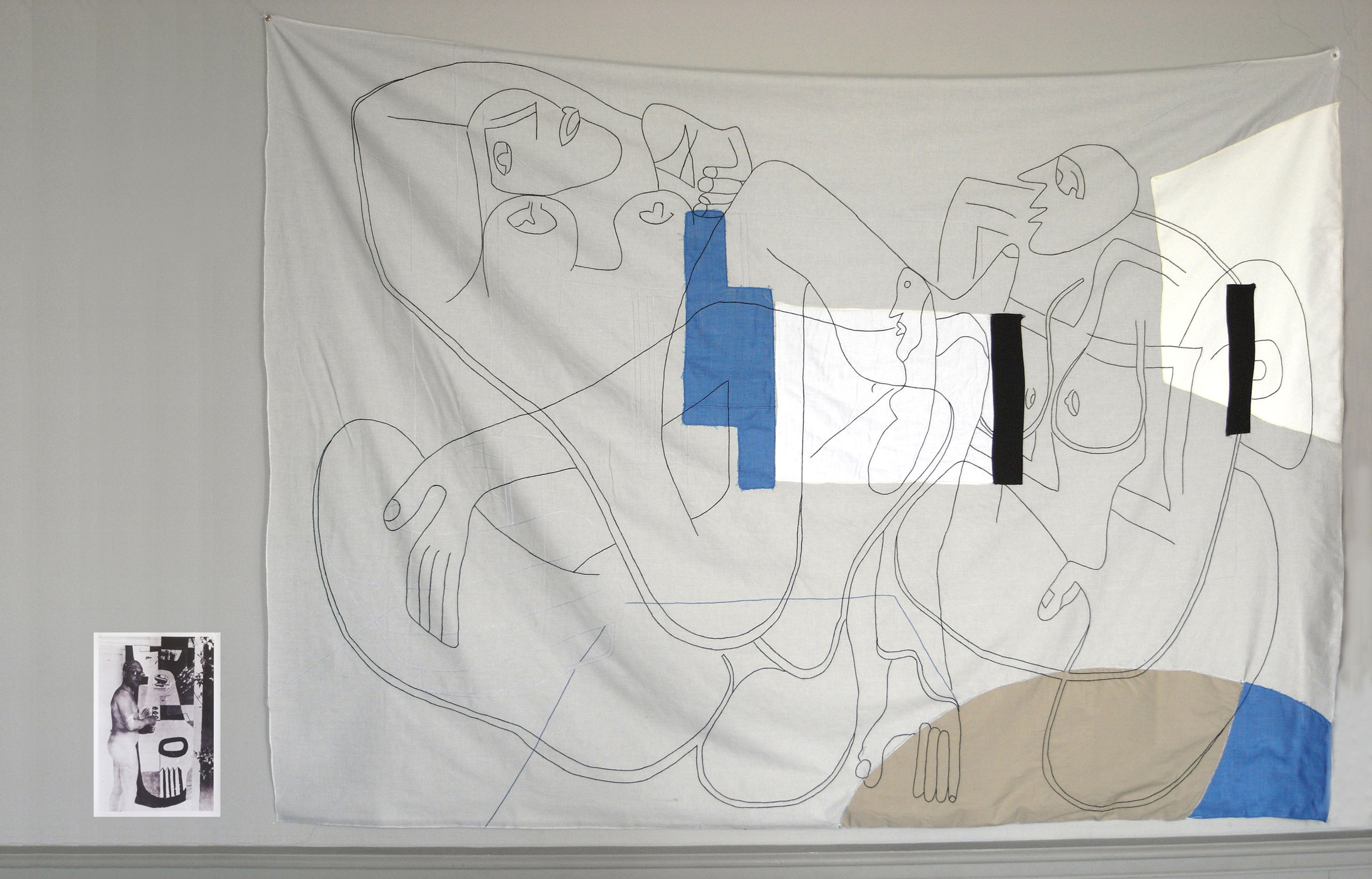Battle Lines 1
….
Like all colonists, Le Corbusier does not think of it as an invasion but as a gift. When recapitulating his life work five years before his death, he symptomatically wrote about Algiers and Cap Martin in the same terms: From 1930 L-C devoted twelve years to an uninterrupted study of Algiers and its future … Seven great schemes (seven enormous studies) were prepared free of charge during those years. And later,1938-39. Eight mural paintings (free of charge) in the Badovici and Helen Grey house at Cap Martin.38 No charge for the discharge. Eileen Gray was outraged, now even her name had been defaced. And renaming is, after all, the first act of colonisation. Such gifts can not be returned.
P.S. In 1944, the retreating German Army blew up Eileen Gray’s apartment in Menton having vandalised E. 1027 and Temple a Paiella (her house in Castellar). She lost everything. Her drawings and plans were used to light fires.
P.P.S. On August 26, 1965, the endless redrawing of the Femmes d’Alger still unfinished, Le Corbusier went down from E. 1027 to the sea and swam to his death.
P.P.P.S. In 1977 a local mason in charge of some work in the house “mistakenly” demolished the mural Graffitte.39 I like to think that he did it on purpose. Eileen Gray had spend almost three years living on the site in complete isolation, building the house with the masons, having lunch with them every day. Then again, she did the same thing when building her own house at Castellar. The masons knew her well; in fact, they loved her, and hated the arrogant Badovici. They understood perfectly what the mural was about. They destroyed it. In so doing, they showed more enlightenment than most critics and historians of architecture.
P.P.P.P.S. Since then, the mural has been reconstructed in the house from the basis of photographs. It re-emerged from its original medium.The occupation continues.
(Battle Lines: E.1027, Beatriz Colomina)
